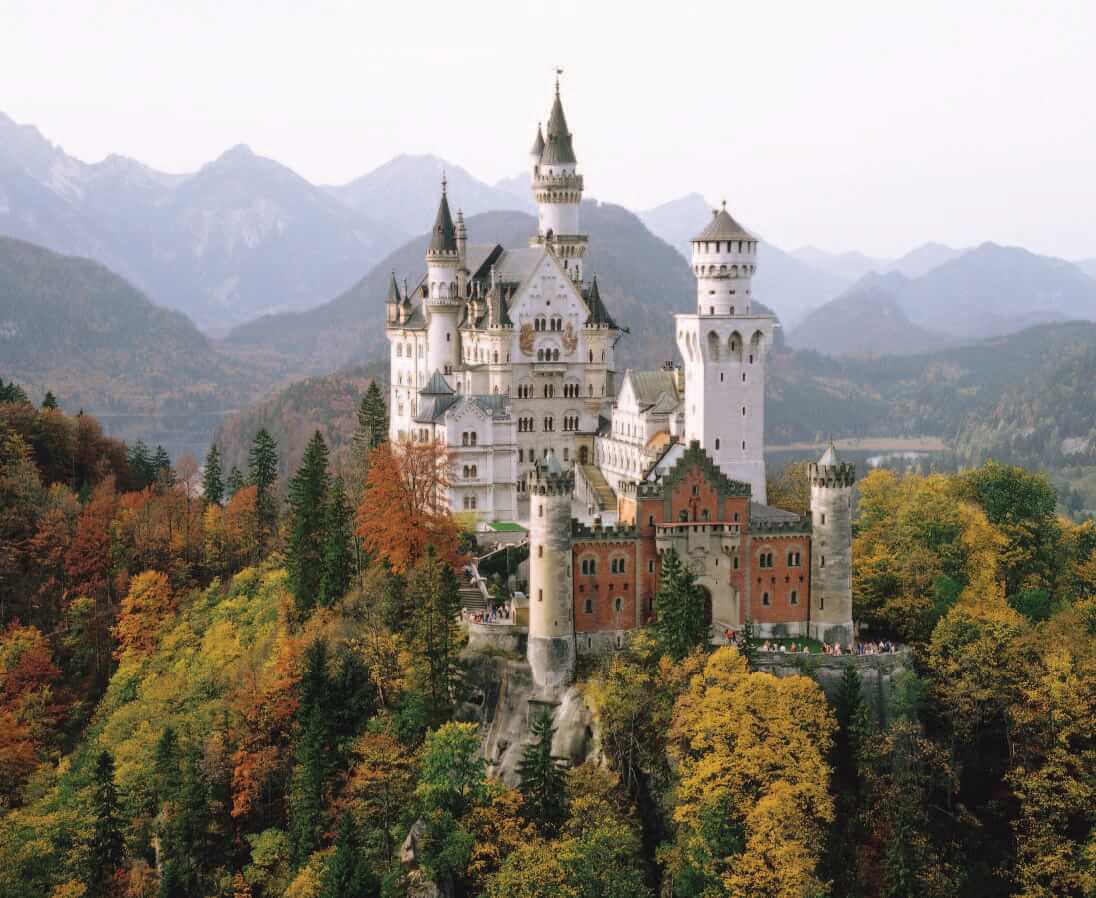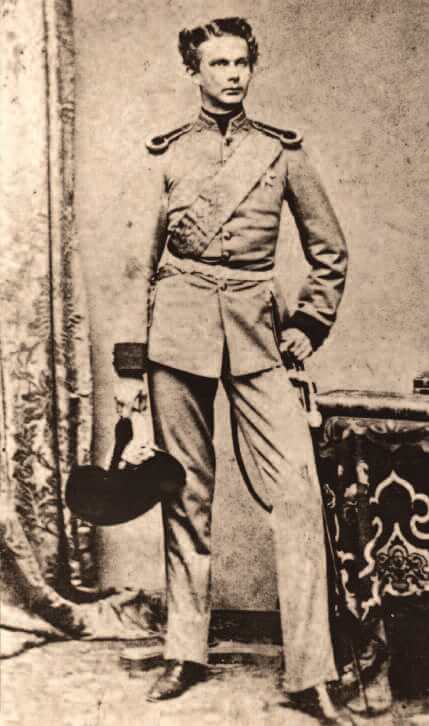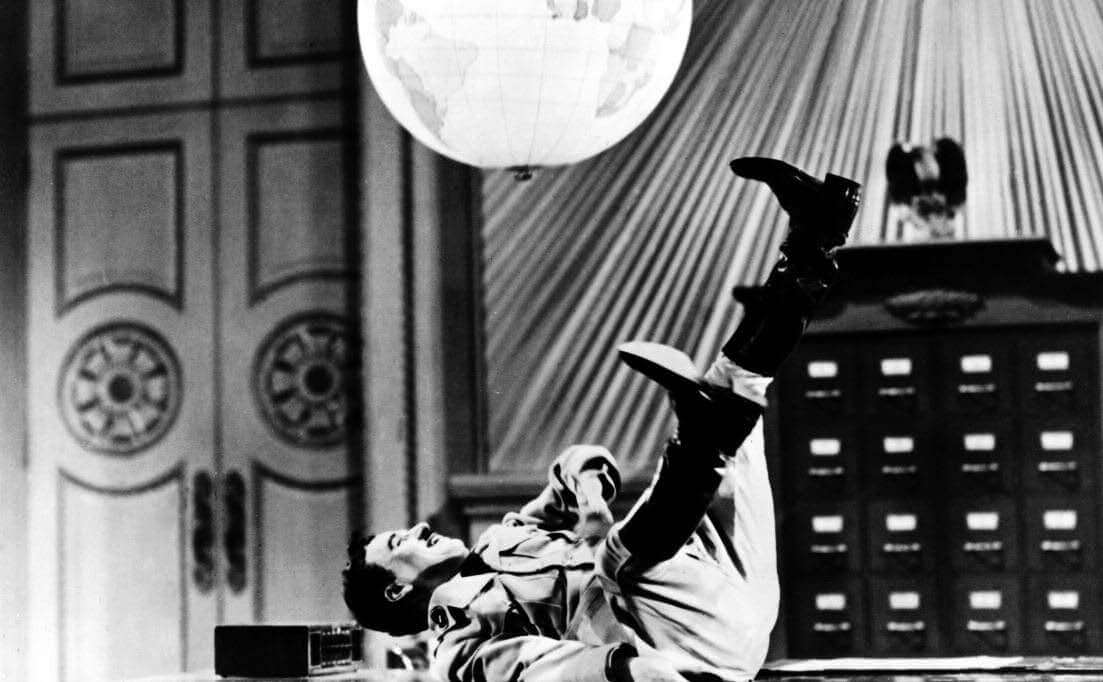The Dream of Lohengrin

In spite of its own challenges to ears accustomed to the conventions of traditional European music, Lohengrin appealed to audiences with its rich score (alternating ravishing passages with bracing martial eruptions in a marvelous melange of colors and moods) and its romantic story. It is a nineteenth-century telling of a widespread medieval myth about a knight who appears on, with, or in a boat drawn by a swan to save a falsely accused damsel in distress. (By the High Middle Ages, this myth accrued features of a dynastic legend, filling in some potentially embarrassing gaps in the noble lineage of the leader of the Crusades, Godfrey [Gottfried, in German] of Bouillon). And while there are militaristic and nationalistic elements in Wagner’s operatic treatment of Lohengrin that present problems for the modern audience, there is also an eternal question at its core that speaks to everyone: How well can we really know the people we love? How hard should we even try to know them?
Lohengrin was composed during Wagner’s final days in Dresden, before his sympathies for the revolutions of 1848 made him an exile for the subsequent decade and a half. The premiere was given in Weimar under the direction of Wagner’s then-acquaintance and future father-in-law Franz Liszt. The available resources for this premiere in 1850 were universally acknowledged to be inadequate: Lohengrin needed a large, well-trained orchestra, chorus, and group of soloists, as well as a certain monumentality in the production. Wagner, on the run, was not even present for the premiere and didn’t hear the opera until 1862. But even as early as 1850, Wagner was realizing that his works—those already written but especially those he was only conceiving—required a level of production entirely different from anything then available. He espoused his new ideas and aspirations in volumes of prose such as the tract “The Artwork of the Future” in 1853. In expressing these ideas, Wagner set a somewhat condescending if still affectionate tone for the operas he had already composed. Those critics who came after and who were more Wagnerian than Wagner himself too often took this assessment at face value. It became typical to look at Lohengrin, the last of Wagner’s works to even be called an “opera” as opposed to the later “music dramas” (i.e. Tristan und Isolde, the Ring, et al.), as a sort of stepping stone necessary for the vulgar masses to approach the rarified later works.
This was exciting debate in 1870. It is of historical interest now, but no more than that. It doesn’t matter anymore whether an opera is through-composed in the manner of late Wagner or Verdi, or built of older forms such as arias and duets. All that matters is whether or not the opera is good. And those critics who still regard Lohengrin as merely a transition from Wagner’s romantic youth to his intellectually magnificent maturity are depriving themselves of one of opera’s greatest treasures. Lohengrin might well be Wagner’s dreamiest creation, in every sense of the superlative term.

Built from 1869 to 1892, Neuschwanstein Castle is Romanesque Revival palace funded by Ludwig II of Bavaria’s personal fortune and extensive borrowing, not with Bavarian public funds. It was the inspiration for Disneyland’s Sleeping Beauty Castle.
The heroine Elsa introduces herself by relating a dream; she wins the protagonist’s affection and the audience’s by this revelation. Moreover, the opera invites the listener into a dream state, and what we do with those dreams is up to us. But beware: the dreams engendered by Lohengrin are potent, and they can be toxic.
One of the first people to grasp the power of the dream nature in Lohengrin was King Ludwig II of Bavaria, and he held his love of the story and the opera throughout his life. Indeed, some have doubted Ludwig’s sophistication because of this: Did Ludwig appreciate the music, or the faux-medieval pageant? But Ludwig can never be dismissed—the traditional view of him as an archetypal victim, a sad and insane homosexual with a frenzied passion for Wagner, has given way to a more complex view of this remarkable man.
Ludwig grew up in a castle associated with the Lohengrin legend—Hohenschwangau, in Bavaria, sits on a lake supposedly visited by the Swan Knight. Frescoes on the walls of Hohenschwangau depict the legend, and Ludwig was fascinated with the tale from a young age. It was the first Wagner opera he saw, and it was the first Wagner opera he ordered produced—expense be damned—at the Court Theater when he attained the throne at the age of eighteen. Ludwig occasionally dressed as characters from Wagner’s operas, but his emphasis on Lohengrin was extraordinary: He had a suit of armor made of silver to wear as this character. When Bavaria suffered a humiliating defeat at the hands of Prussia during a brief but important war in 1866, ministers had to wait in the antechamber with the necessary papers while the king dressed as Lohengrin to receive them. In the Throne Room of the Munich royal palace, (to which, despite its public-sounding title, very few were admitted), medallions of the French kings Henry IV and Louis XIV adorned the walls while the room contained one statue of Saint George, one of Lohengrin, and a bust of Wagner.
One detail of the tale, particularly as presented by Wagner, has not received enough attention. What seems to have interested Ludwig most was the swan. This appears in the names of Hohenschwangau (“High Swan County Palace”) and Ludwig’s most famous architectural fantasy, Neuschwanstein (“New Swan Cas-Built from 1869 to 1892, Neuschwanstein Castle is Romanesque Revival palace funded by Ludwig II of Bavaria’s personal fortune and extensive borrowing, not with Bavarian public funds. It was the inspiration for Disneyland’s Sleeping Beauty Castletle”). The swan is represented in paintings and carvings throughout those two palaces. But it also makes notable appearances in Ludwig’s other residences as well. Swans clutter his desks and writing tables in several palaces, and are painted and carved on those walls as well. At Linderhof—a rococo jewel box whose exteriors recall Marie Antoinette’s Petit Trianon at Versailles and whose interiors are homage to the intimate royal life at the eighteenth century French court—Ludwig constructed a Venusberg grotto. The Venusberg is a reference to Wagner’s opera Tannhäuser, but Ludwig floated about the grotto in a mechanical swan boat in the manner of Lohengrin. Ludwig’s most extravagant palace was Herrenchiemsee, a reproduction of the Chateau de Versailles itself—or as large a chunk of it as could be finished in Ludwig’s abbreviated lifetime. The swan had a central role even in this monument to Louis XIV. On the single occasion when Ludwig was known to entertain at Herrenchiemsee, guests were transported by mechanical swan boats to an island in the lake, where they smoked and took after-dinner coffee.
For years, it was assumed that Ludwig’s first obsession, Wagner, was replaced with his later idol, Louis XIV, but the evidence in the palaces and the figure of the swan oppose this idea of one obsession replacing another. But then what are we to make of Lohengrin’s swan at the grandiose monuments to the Bourbons at Linderhof and Herrenchiemsee? Was it really a case of Ludwig merely being insane, with no further rhyme or reason? Actually, Ludwig—"insane" though he may have been—seems to have had a more profound sense of symbolism than his chroniclers, and Wagner’s operas and the Bourbons were sensibly conflated in his mind. For starters, the swan is the means by which the hero is delivered. If Wagner was the hero who would revivify Germany through art, then Ludwig (in his role as the “absolute” monarch who willed the impossible) was the means by which the hero would be, and indeed was, delivered to the nation. Moreover, we must remember who the swan is in the opera: he is Gottfried, Elsa’s brother, the legitimate King of Brabant, transformed into a swan by the evil Ortrud, and transformed back into his true form by Lohengrin’s prayers at the end of the opera. He is the Past and the Future, and therefore the embodiment of the twin obsessions and insecurities of the dynastic monarch: legitimacy and continuity. This is why he appeared among signs and symbols of Bourbon absolutism.
Both legitimacy and continuity were core issues in Ludwig’s reign—the first because he had it in abundance and the second because he lacked it. Ludwig’s family was among the most ancient in Germany, and everyone agreed he had what many other German princes only aspired to—the right to reign. It was this ancient lineage that secured Ludwig a grudging role in the creation of the German Empire, the Second Reich (the First Reich, or realm, was the Holy Roman Empire, referred to in the libretto of Lohengrin and finally abolished in 1806; the Third Reich was yet to come and will also figure in the story of this opera).
The Iron Chancellor of Prussia, Otto von Bismarck, convinced Ludwig to compose a letter “inviting” King Wilhelm of Prussia, to assume the title of Emperor, or “Kaiser.” Ludwig agonized over this chore, but he did write the letter, and the Empire was born, Ludwig providing its veneer of legitimacy. And shortly after this, Ludwig’s personal finances were augmented as miraculously as anything in the Grail stories, no doubt facilitating such pet projects as the construction of Neuschwanstein and the Bayreuth Festival House.
However, the question by the 1870s became whether legitimacy mattered anymore. Already a constitutional monarch, Ludwig’s role as a king became entirely symbolic after the declaration of the Second Reich: Thus his obsession with Louis XIV and Absolutism, which had become as distant a dream in its own way as the knights of the Grail were.

Portrait of King Ludwig II (1845–86) of Bavaria, c.1870
The mirror concept of legitimacy, dynastic continuity, was another story altogether. Ludwig never married—his one engagement called off without explanation. Historians have knowingly shrugged off Ludwig’s failure to produce an heir as an obvious by-product of his homosexuality, but that is not a sufficient explanation. Europe’s history is full of homosexual monarchs who rallied to the dynastic cause—or who at least made the arrangements necessary to appear as if they had done so. Even the most flagrant homosexual of Versailles, Louis XIV’s brother Philippe, Duc d’Orleans, (“Monsieur,” as he was known) produced heirs. This Orleanist line was, in fact, being seriously considered for a restoration of the French monarchy in the 1870s. It is unthinkable that Ludwig was unaware of this historical precedent. Nor is impregnating a princess such a unique accomplishment that Ludwig could not have managed it. It seems more likely that Ludwig failed to produce an heir, not because of his deficiencies, but rather because of that keen insight that he alone among his contemporaries seemed to possess at times. He knew that an heir simply didn’t matter anymore in this post-monarchic world. That knowledge would have made the subject of dynastic continuity more poignant. It would have increased his obsession with the symbol of the swan, Elsa’s brother Gottfried, the once and future king.
These are only some of the issues that Ludwig must have discerned in the myth of Lohengrin. But the story contains so many diverse elements, and of such bizarre natures, that one can only guess what it has meant to the subsequent historical characters who have responded to it. These include Theodor Herzl, the founder of modern Zionism, whose curious relationship to the operas of Wagner included a keen interest in Lohengrin. The suffragettes made a fetish out of Wagner at the turn of the last century, and the opera they would have seen and heard the most then was Lohengrin. A generation later, Adolf Hitler became a great admirer of this opera—whether primarily of the story or of the score, we do not know. There was no shortage of Nazi catnip in the libretto—warnings about invasions of the Fatherland by barbaric hordes from the East, appeals to the unity of that nebulous entity known as the German “Volk” (“Folk”), and so forth. Even the bizarre choice of the common German word “Führer” as a title for Hitler might well have had its origin in the opera’s libretto (when Lohengrin tells the assembled, unified Germans to accept Gottfried as their “leader,” “Führer”). It’s a wonder Hitler didn’t bust a gut during this opera. In fact, he almost did just that during a Bayreuth production of Lohengrin by Emil Preetorius in 1936, which stressed the pageantry and militarism in the opera with a gigantic chorus and legion of extras. Hitler was so impressed with this production that he offered to send it as a package to the English King Edward VIII as a coronation gift. (Edward declined the offer—not out of political or esthetic scruples but rather since opera in general bored him. In any case, the coronation never happened).
Perhaps the ultimate statement on the dream-power of this opera, and one that acknowledged Hitler’s connection to it, was made by Charlie Chaplin in his film The Great Dictator. Music from Lohengrin’s ethereal prelude appears in the movie’s most iconic scene, in which Chaplin, as a parody of Hitler, dances a fantasy ballet with a globe. It is a pas de deux between the lover and his beloved (the world), and the lover’s batting eyelids and delicate demeanor cannot believe the fact that the goal here is total conquest and domination. Less famous, inexplicably, is the second use of the Lohengrin prelude in the film’s climactic final scene. The Hitler character’s look-alike, a humble and oppressed Jewish barber, is mistaken for the dictator just before a great party rally (looking very much like those held during that decade at a Wagner-redolent location, Nuremburg). The barber makes the speech the dictator should have made in a perfect world, denouncing the domination imperative and urging people to resist brutality while the exact same music plays as in the world-domination ballet.
The point is clear and important: Art (in this case, Lohengrin) is morally neutral in itself, but it is extremely powerful. It can—it will—have either a toxic or transcendent effect on you, the listener, and you are responsible for the results of that choice. Chaplin made a strong comment on the power and lack of power in art, one that should be borne in mind when there is any discussion of Wagner’s astounding art.

Charlie Chaplin in The Great Dictator, 1940





